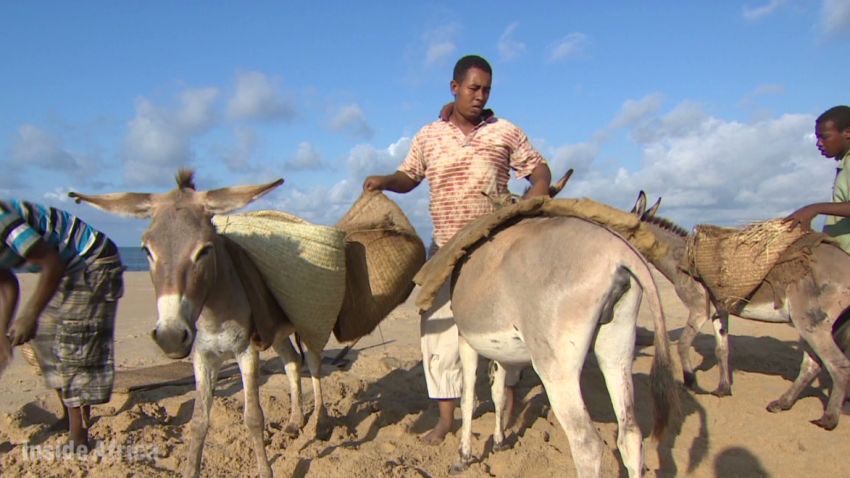Every week, Inside Africa takes its viewers on a journey across Africa, exploring the true diversity and depth of different cultures, countries and regions.
Story highlights
Lamu is one of the oldest continuously inhabited Swahili towns
There are no cars on the island — the streets are too narrow and winding
Instead, locals rely on donkeys for transport on the land, and dhows to travel throughout the archipelago
Lamu, Kenya
CNN
—
In many ways, it seems like time has given Lamu a wide berth.
The East African island, perched placidly off Kenya’s coast, is home to one of the oldest continuously inhabited Swahili towns – an ethnic group in East Africa who have lived here for more than 700 years. There are no cars on the island – the streets are too narrow and winding. Instead, locals rely on donkeys for transport on the land, and dhows to travel throughout the archipelago.
Now a UNESCO World Heritage Site, Lamu was once the most important international trade center in East Africa – as is evidenced by the Arab, Indian, Persian and European influences in the local architecture. The most Swahili feature, however, is the use of coral stone, which reigns supreme throughout the island. Not only is coral stone strong, it’s a few degrees cooler than cement, making it an ideal building resource in a region known for its sweltering heat.
In fact, coral stone has a long history in the construction of Lamu, as is evidenced by the Takwa ruins – the remains of what was once a thriving trading town. In the 16th and 17th centuries, Takwa attracted merchants from across the globe.
“The Arabs were here, the Indians were here, the Chinese,” says local historian Mohamed Ali.
“The Swahili people used to trade with a lot of foreign people.”
Much like Lamu’s more modern buildings, the relics of this ancient commercial hub are mainly made from coral stone and lime – though foreign influences abound.

Can sand transform lives?
“The Indians introduced arches and balconies,” notes Ali.
Foreigners – lured by the charming architecture and relaxed way of life – continue to flock to Lamu…
Click Here to Read the Full Original Article at CNN.com – RSS Channel – Travel…
